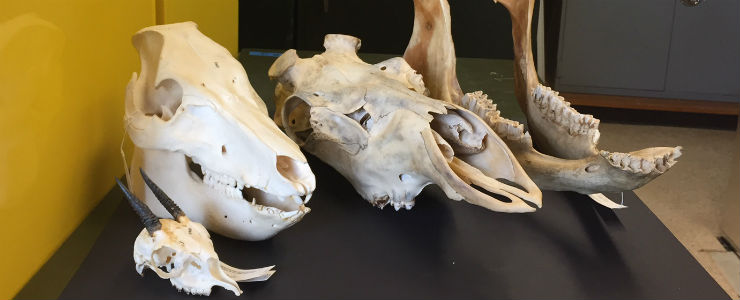Artiodactyla: Even-toed Ungulates and Cetaceans
Infraclass: Placentals
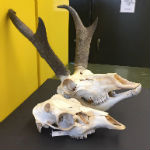 Family: Cervidae (Deer)
Family: Cervidae (Deer)
The Cervidae family, commonly known as “the deer family” includes all deer, moose, caribou, elk, and other relatives. Cervids are strict herbivores with selenodont teeth that are highly specialized for browsing. Antlers grow from the frontal bones of the skull and are often used for male-to-male competition.
Pictured (left to right): Odocoileus hemionus (Mule Deer), Antilocapra americana (Pronghorn)
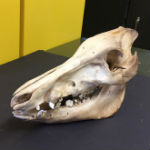 Family: Suidae (Swine)
Family: Suidae (Swine)
Suids include all wild boar, hogs, and pigs. Pigs have an omnivorous diet that is often detrimental to their environment because they turn over plants and soil in search for food. Members of this family are not native to the New World, but were introduced by early Europeans for sport hunting.
Pictured: Sus scrofa (Wild Boar)
Clade: Cetacea (Whales, porpoises, and dolphins)
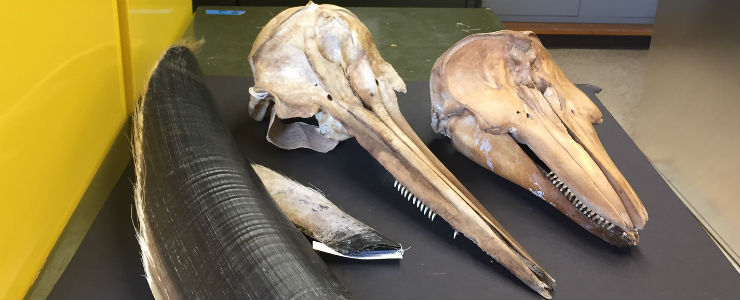
Pictured: Whale Baleen, Tursiops truncatus (Bottlenose Dolphin), Phocoena phocoena (Harbor Porpoise)
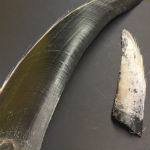 Suborder: Mysticeti - Baleen whales
Suborder: Mysticeti - Baleen whales
The suborder Mysticeti includes all baleen whales in 4 different families. They are distinguished by their enlarged head and thick blubber. They have 2 blowholes at the top of the cranium in order to breath.
Pictured: Whale Baleen
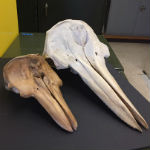 Suborder: Odontoceti - Toothed whales
Suborder: Odontoceti - Toothed whales
The suborder Odontoceti includes all toothed whales and dolphins. They are closely related to the hippopotamus. They feed mainly on fish and squid, with the exception of the killer whale who feeds on other mammals.
